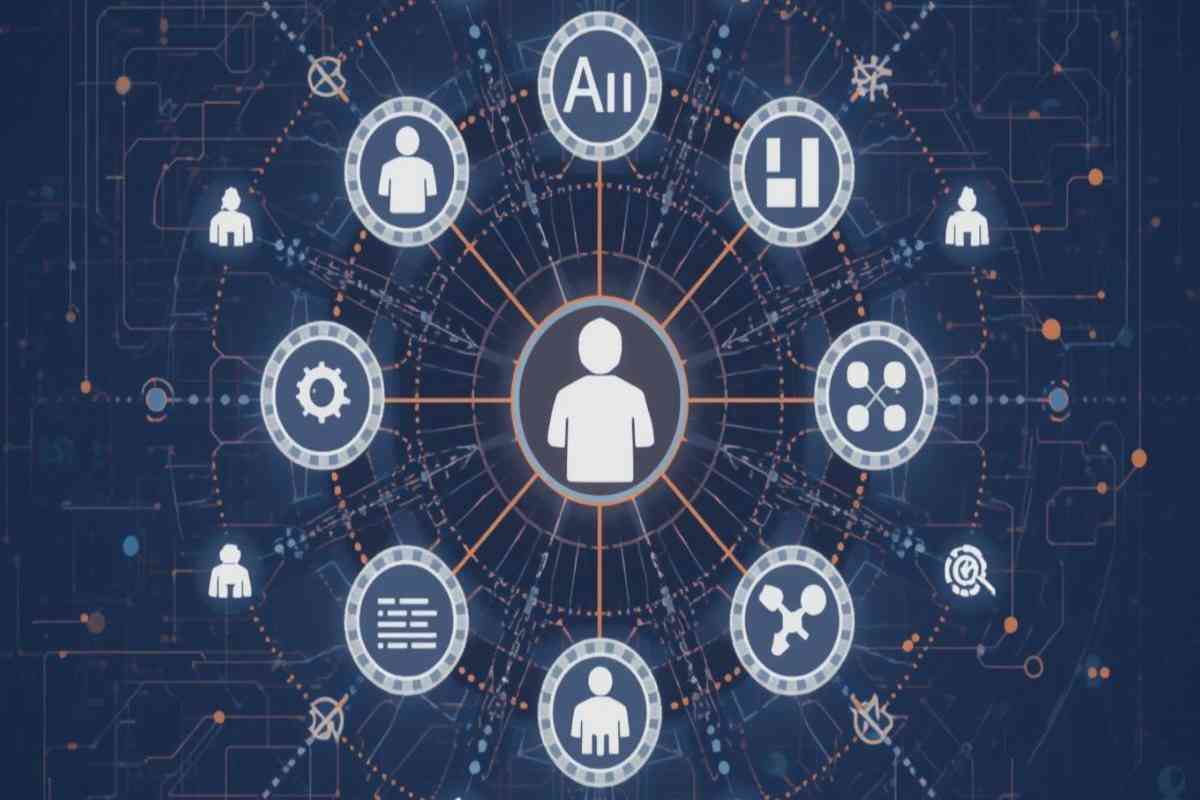
In the rapidly evolving world of artificial intelligence, the allure of creating a groundbreaking generative AI solution is undeniable. However, before launching such a project, it’s essential to consider the dev implications of your innovation. This is where an AI impact assessment becomes crucial. By evaluating the potential effects of your AI, you can ensure it benefits society while minimizing risks.
Understanding AI Impact Assessments
An AI impact assessment is a comprehensive process that helps you analyze how your generative AI solution might influence individuals, communities, and the environment. It’s akin to performing a risk analysis, but specifically tailored to the unique challenges AI can present. Whether you’re assessing privacy concerns, potential biases, or environmental impacts, an AI impact assessment enables you to identify and address issues early in the design process.
The Importance of AI Impact Assessments
When designing a generative AI solution, conducting an AI impact assessment is not just a formality; it’s a proactive step towards responsible AI development. Here’s why it matters:
- Ethical Responsibility: As AI becomes more integrated into everyday life, ensuring that your solution adheres to ethical standards is crucial. An impact assessment allows you to anticipate how your AI might affect different groups and ensure that it promotes fairness and equity.
- Regulatory Compliance: With increasing regulations around AI, particularly in regions like the EU, conducting an AI impact assessment helps ensure that your solution complies with legal requirements. This proactive approach can prevent costly legal issues down the line.
- Risk Mitigation: By identifying potential problems early, such as biases or security vulnerabilities, you can address them before they escalate. This reduces the likelihood of facing significant setbacks after your AI solution has been deployed.
- Building Trust: Transparency in how AI operates is essential for gaining user trust. An AI impact assessment can provide insights that you can share with stakeholders, demonstrating your commitment to responsible AI practices.
Benefits of Conducting an AI Impact Assessment
Let’s explore the specific benefits of integrating an AI impact assessment into your AI design process:
.
| Benefit | Description |
|---|---|
| Informed Decision-Making | Offers a clear understanding of potential impacts, guiding better design choices. |
| Transparency | Enhances communication with stakeholders, leading to increased trust. |
| Innovation | Identifies challenges early, fostering creative problem-solving. |
| Risk Reduction | Helps in mitigating risks before they manifest, saving resources and reputation. |
| Collaboration | Encourages teamwork by aligning different departments on AI ethics and safety. |
Key Areas to Address in Your AI Impact Assessment
When conducting an AI impact assessment for a generative AI solution, it’s vital to focus on several critical areas:
- Privacy: Evaluate how your AI handles user data. Are there mechanisms in place to protect sensitive information?
- Fairness: Ensure that your AI does not perpetuate biases. Does it treat all users equitably?
- Security: Consider the security measures needed to prevent misuse of your AI.
- Environmental Impact: Assess the energy consumption of your AI model and its environmental footprint.
- Social Impact: Reflect on how your AI might alter social dynamics, particularly in the workforce.
- Transparency: Determine how you can make the decision-making processes of your AI understandable to users.
- Accountability: Establish clear accountability for decisions made by your AI. Who is responsible if something goes wrong?
How to Get Started with an AI Impact Assessment
If you’re ready to implement an AI impact assessment, follow these steps:
- Assemble a Diverse Team: Involve experts from various disciplines to gain a well-rounded perspective.
- Define Your AI Project: Clearly outline the purpose and scope of your generative AI solution.
- Identify Potential Impacts: Brainstorm how your AI might affect different stakeholders and the environment.
- Analyze Risks and Benefits: Weigh the potential positive and negative outcomes of your AI solution.
- Develop an Action Plan: Create strategies to enhance benefits and mitigate risks.
- Regularly Review and Update: Continuously assess and refine your AI impact assessment as the project evolves.
Also Read: List of AI Tools for Developers
Real-World Example: AI in Hiring
Consider an AI designed to assist in hiring processes. Without an AI impact assessment, the tool might inadvertently favor certain demographic groups over others, leading to biased hiring practices. However, by conducting an impact assessment, the developers could identify this bias early and adjust the AI’s algorithms to ensure fairness.
Also Read: Best free AI tools for data analysis
Conclusion
In conclusion, creating an AI impact assessment when designing a generative AI solution is not just beneficial but necessary. It helps you navigate the complexities of AI development with a clear focus on ethical responsibility, legal compliance, and risk mitigation. By proactively addressing potential impacts, you can build AI solutions that are not only innovative but also safe, fair, and trusted by users.


